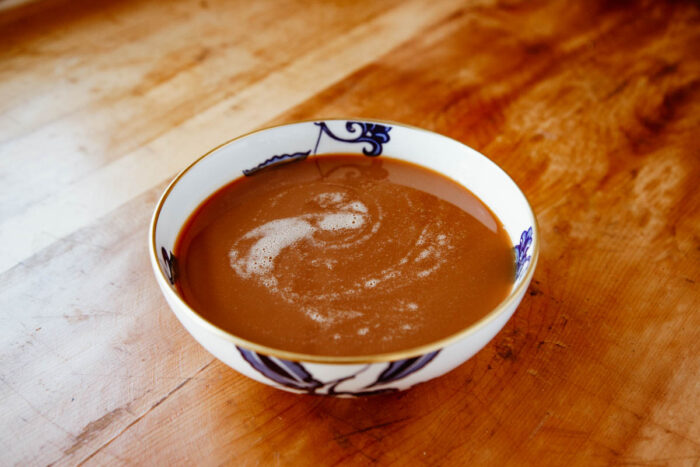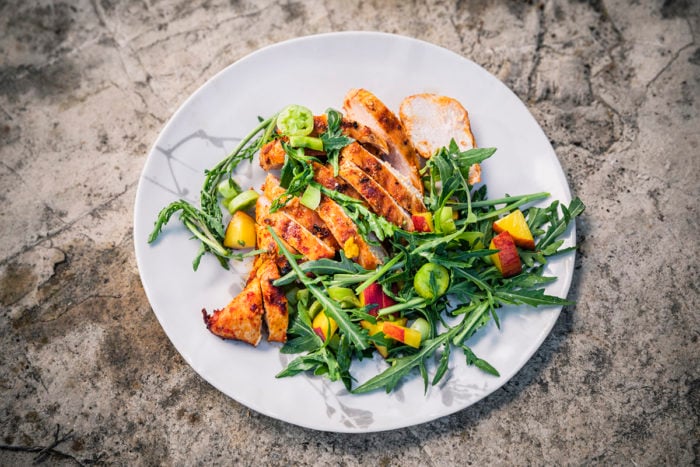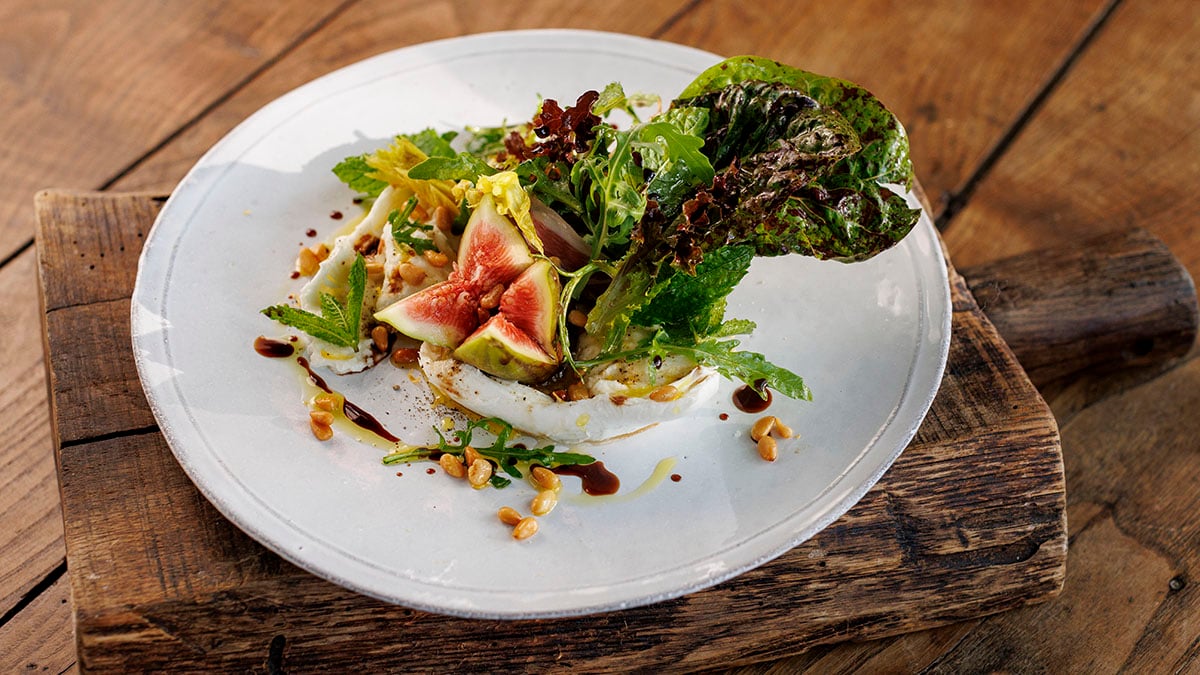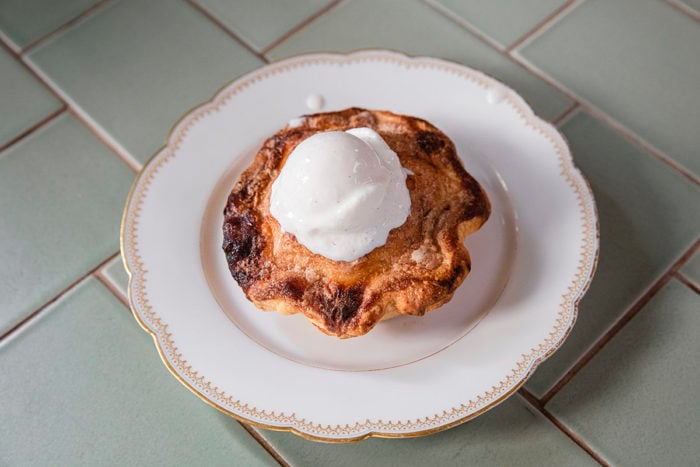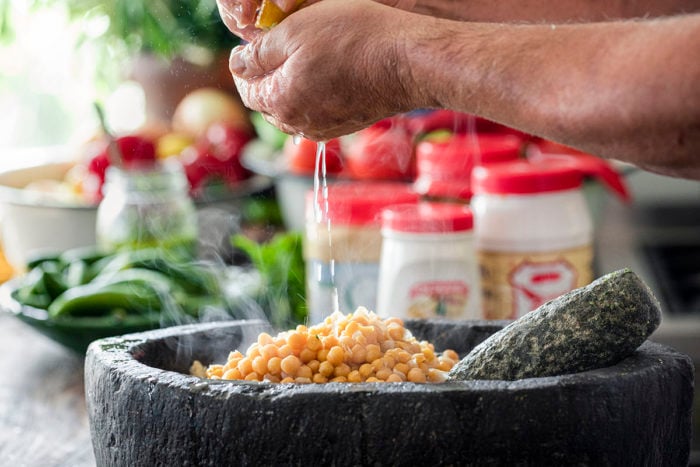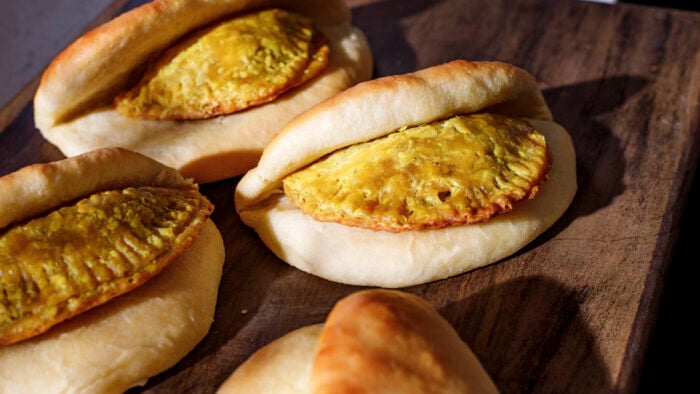
How To Make Scrambled Eggs
Written by the YesChef staff
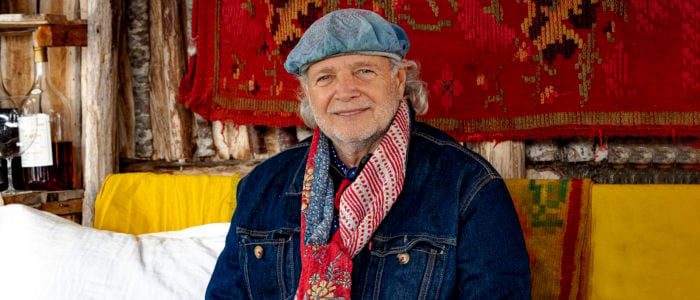
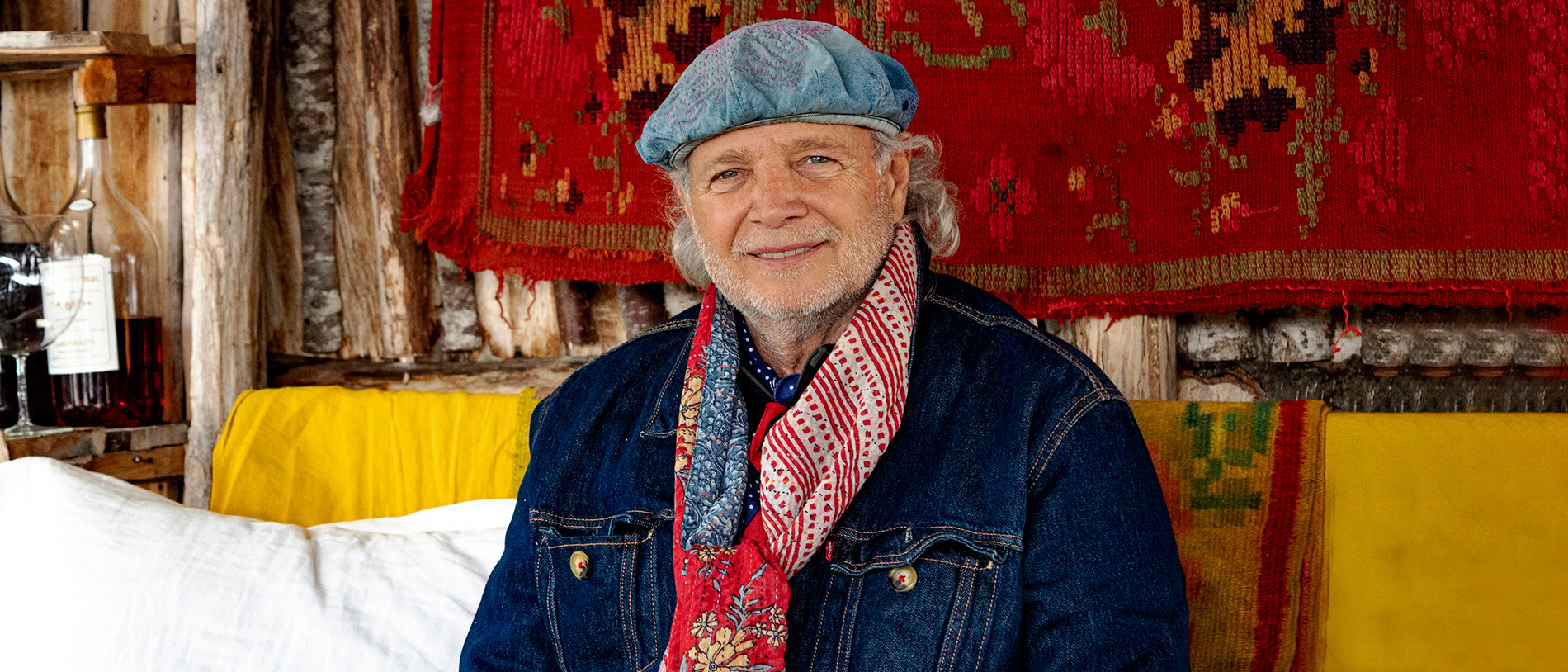
Jump to
- What Are Scrambled Eggs?
- What’s the Difference Between Scrambled Eggs, Fried Eggs, Poached Eggs, and Hard-Boiled Eggs?
- How to Make Perfect Scrambled Eggs
- When Are Scrambled Eggs Ready?
- Uses for Scrambled Eggs
- Types of Scrambled Eggs
- Classic Scrambled Eggs vs. Broken Scrambled Eggs
- The Difference Between American Scrambled Eggs and French Scrambled Eggs
Get Access to an Ever-Growing Library of Classes
Every Subscription includes:
- Unlimited Streaming of all Classes
- Watch on your phone, tablet or laptop
- Story-driven Classes, Practical Lessons
- Recipes with Step-by-Step Guidance
- 30-day Satisfaction Guarantee
- New Lessons added all the time
$9.99/mo
Billed annually
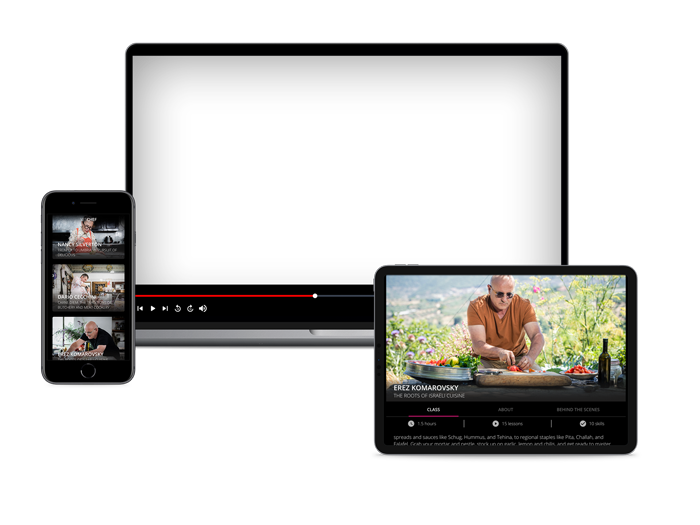
What Are Scrambled Eggs?
Scrambled eggs are a dish that is created when egg yolks and egg whites, along with seasonings like salt and pepper and sometimes a dairy product such as milk or cream, are whisked together and cooked in a pan. Scrambled eggs are served in a diverse array of settings, from all-night greasy spoon diners and urban street corners to buffet brunches and upscale restaurants – and as such, scrambled eggs are prepared and presented in many ways.
What’s the Difference Between Scrambled Eggs, Fried Eggs, Poached Eggs, and Hard-Boiled Eggs?
Fried Eggs: Fried eggs are made when you crack whole raw eggs into a frying pan or skillet. The fried egg, also sometimes known as a sunny-side-up egg, is then left cooking in the pan with the yolk still whole. Fried eggs are not flipped, and the egg yolk is left as a liquid while the egg white sets to some degree. An over-easy egg is a sunny-side-up egg at first, but unlike with an over-easy egg it is flipped over onto the yolk side, which cooks a little but still retains its runny texture.
Poached Eggs: Poached eggs are a bit of a different story. The poached egg is made after you crack an egg open and cook it in a boiling liquid like a broth, water, or sauce. If you enjoy Eggs Benedict, you might know that this particular brunch staple consists of a poached egg that sits atop an English muffin – and that it includes Hollandaise sauce along with bacon or ham.
Hard-Boiled Eggs: Hard-boiled eggs are placed, whole and in the shell, into a pot with boiling water. They are left alone while cooking and then removed when both the egg yolk and the egg white have set completely. (A soft-boiled egg is approached the same, at first, but is removed from the pot earlier so that the yolk remains runny.)
Of course, there are many other types of cooked eggs too, from shirred eggs (baked in a ramekin, with liquid yolks and set whites) to omelets (eggs cooked in a frying pan and folded over with ingredients inside) to frittatas (omelet-like but left unfolded).
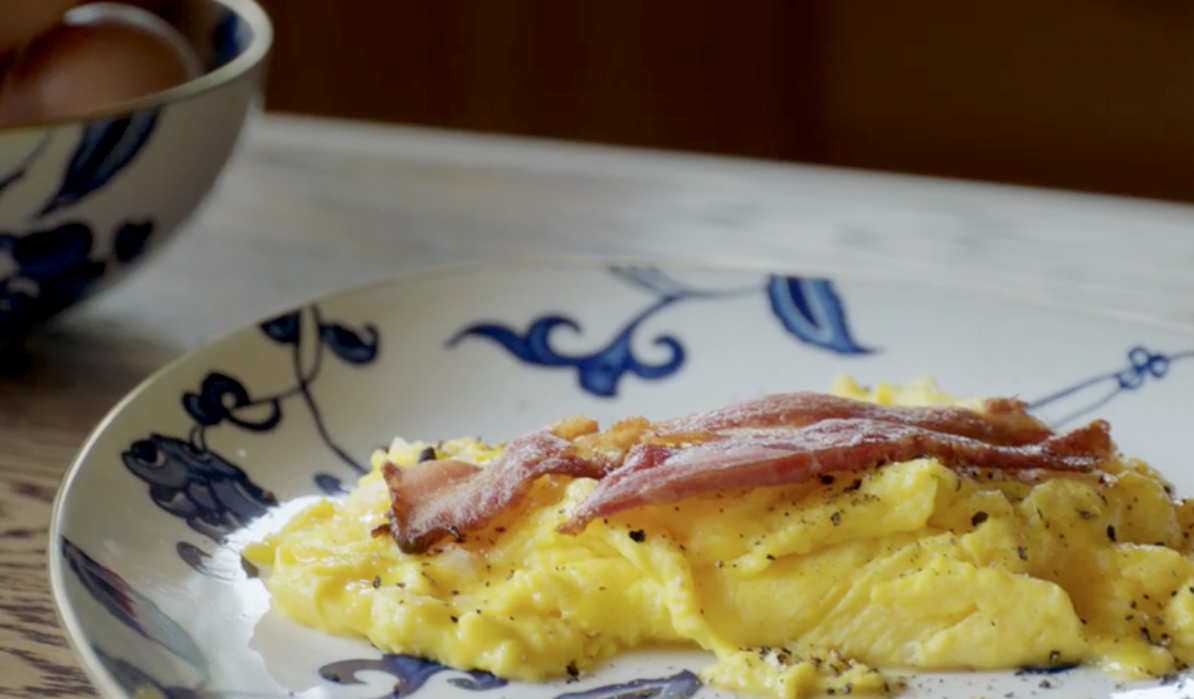
How to Make Perfect Scrambled Eggs
- Use Low or Medium Heat: Using high heat risks drying out and / or burning your scrambled eggs. Scrambled eggs are much better consumed with happiness than eaten disappointedly or tossed into the trash bin.
- Constant Turning: With your spatula, repeatedly turn over your eggs – with a scooping technique – from top to bottom of the pan. This nonstop motion will help ensure that your scrambled eggs do not cook unevenly.
- Finish with Milk or Cream: Adding dairy at the end (if you decide to use it), rather than before cooking, will yield the best flavor and texture for your scrambled eggs dish. If you put milk or cream into your mixture too early, prior to cooking, there is a risk your eggs will dry out or overcook because dairy products can make the consistency of the mixture too thin.
When Are Scrambled Eggs Ready?
You know your perfect scrambled eggs are ready when the texture of your eggs is creamy and fluffy but not runny or dry. But be aware: even after you remove your scrambled eggs from the heat, they will keep cooking for a brief period in the pan. So take your eggs off the heat about 30 seconds to a minute before they are completely ready.
This tactic is very important, Francis warns, to avoid overcooking. To ensure you don’t mess it up, watch the scrambled eggs closely while they are cooking and then remove them from the heat while they still look a little raw and runny. By the time you plate your eggs – adding any seasonings or toppings, putting the dish on a table, and waiting for your guests (or yourself) to sit down – the perfect scrambled eggs should be ready and waiting.
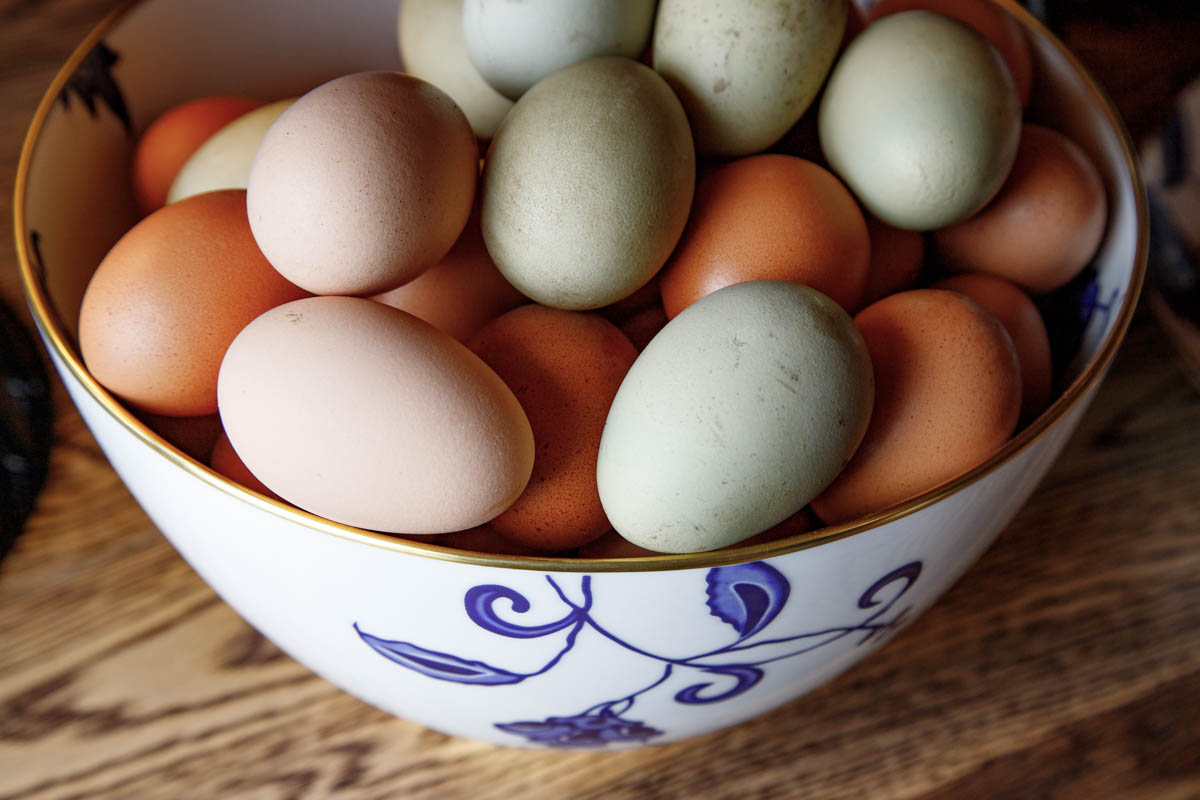
Uses for Scrambled Eggs
Types of Scrambled Eggs
Fluffy Scrambled Eggs: Make your scrambled eggs fluffy by whisking them, along with milk and seasonings, in a medium bowl. Add butter to your skillet or frying pan, pour your beaten eggs in, and – cooking over medium heat (not low heat this time) – wait before turning your egg with the spatula. Once the bottom of the solution sets, and puffs of egg form, you can mix away.
Soft Scrambled Eggs: To make soft scrambled eggs, beat your eggs and then put them in a frying pan or skillet over low heat or medium-low heat. Continue stirring as the eggs slowly cook. With some patience, the result will be a plate of extremely rich and creamy scrambled eggs.
Spicy Indian Scrambled Eggs: Spicy Indian scrambled eggs are more colorful, fragrant, and fun than classic scrambled eggs. Known as anda bhurji, these eggs – which are eaten as a street food in India – are cooked with spices as well as onions and tomatoes.
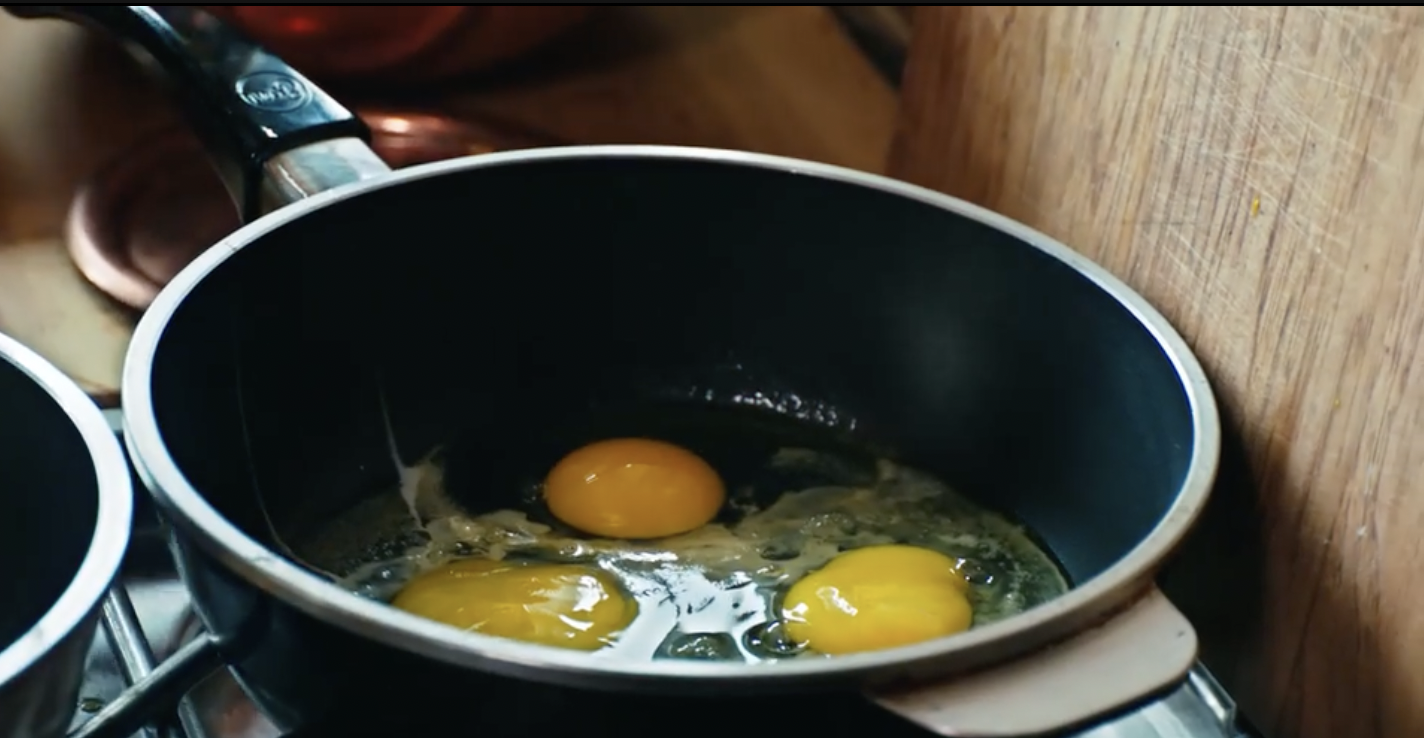
Classic Scrambled Eggs vs. Broken Scrambled Eggs
To make classic scrambled eggs, Francis whisks eggs in a bowl and then puts the mixture into a pan over medium heat. With broken scrambled eggs, he breaks eggs on the side of the frying pan and puts them directly into the pan without whisking the eggs first. Inside, he breaks them up a little – but not too much – so that “you can see a little bit of white and a little bit of yellow,” Francis says with a fond smile. “I love that.”
Both with classic scrambled eggs and broken scrambled eggs, Frances adds salt and pepper after taking them off the stove and putting them on a plate. He tops each version of scrambled eggs with a crispy piece of pancetta.
The Difference Between American Scrambled Eggs and French Scrambled Eggs
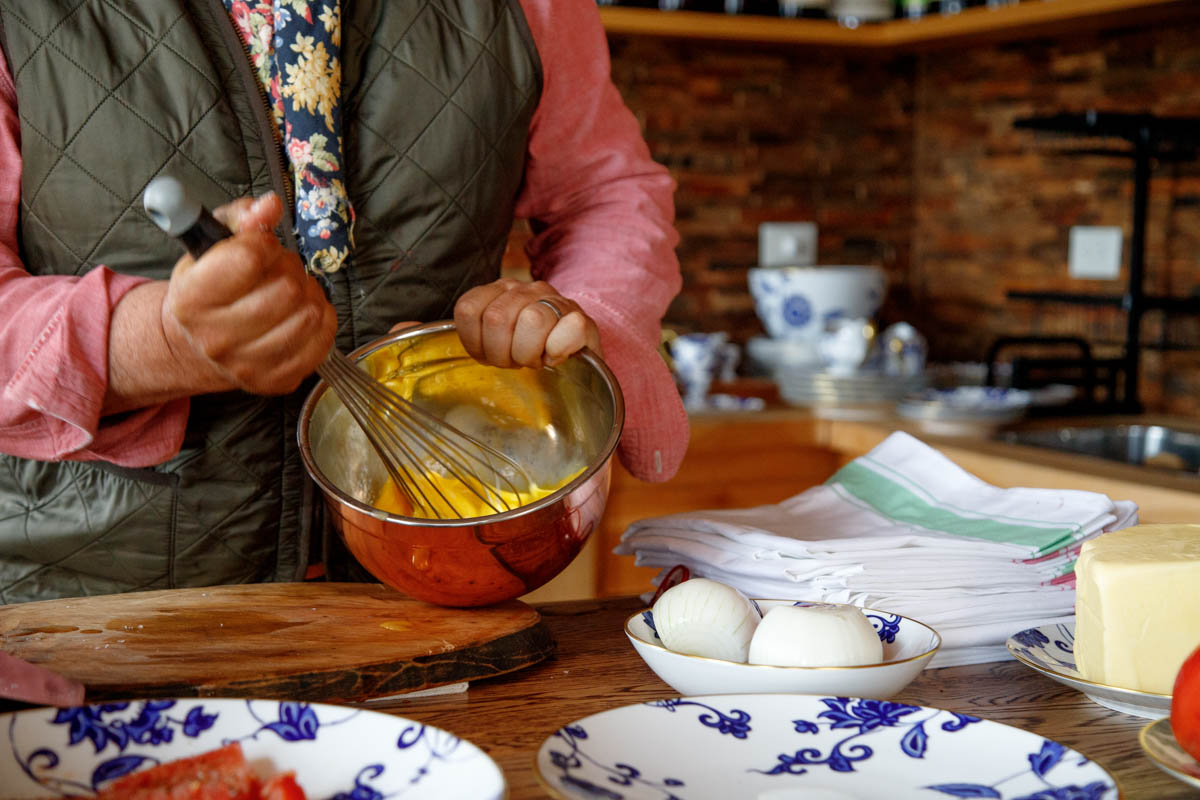
What Ingredients Do You Need to Make Scrambled Eggs?
Here are some ingredients for making scrambled eggs.
Eggs: Eggs are, of course, the most essential ingredient to cooking scrambled eggs.
The fresher the eggs the better, but if you do not raise your own chickens (chances are you do not) or have the luxury of moseying on down to a local farmers market, you can still make excellent scrambled eggs from eggs you bought at the supermarket.
Salt and Seasonings: You will be hard-pressed to find a scrambled eggs recipe that doesn’t include salt – and for good reason. (But salt your scrambled eggs carefully and wisely; as with so many foods, over-salting your eggs will ruin them.) Other common seasonings to help you make perfect scrambled eggs include salt’s slightly-rebellious sibling, pepper (black pepper or white pepper work), hot sauce, chili powder, dill, basil, garlic, chili powder, and tarragon, among tons of other spices.
Butter: Scrambled eggs are typically cooked in a frying pan or skillet that is coated with butter. If dairy is not your thing, olive oil can also be a great option with which to cook scrambled eggs.
Milk or Cream: This is an optional step and based on personal preference. Milk and cream will thin out your egg mixture and create more of a custard-like consistency.
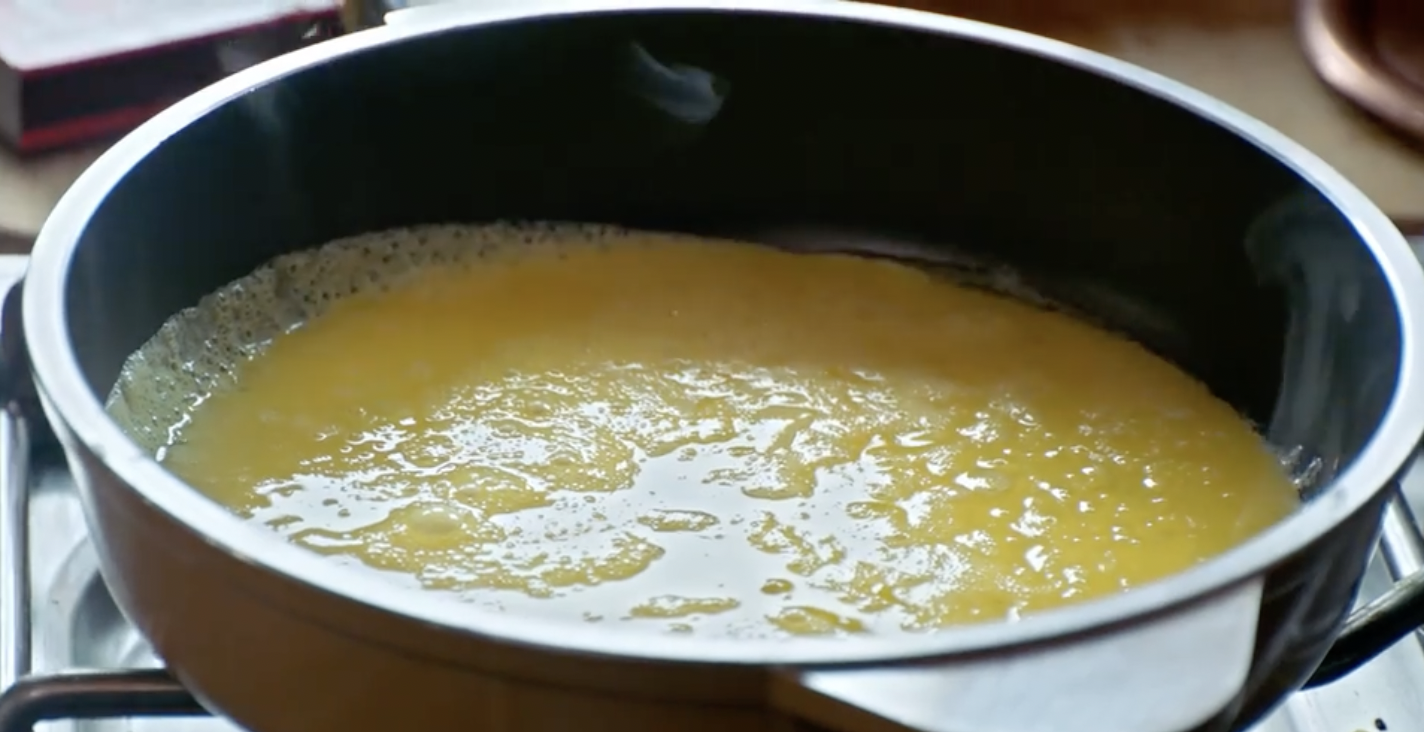
Eggs - Fried & Scrambled
Ingredients
- 100 grams Panceta
Or bacon (3.5 ounces).
- 4 eggs
- 1 tablespoon butter
- Fresh ground pepper
To taste. - Sea salt
To taste.
GEAR
- Chef’s knife
- Cutting board
- Cast iron pan
Or nonstick pan
- Decorative platter
Recipe
- Heat a cast-iron pan at medium heat.
- Cut the panceta into thin slices (4 millimeters).
- Cut off a slice of the fat and add to the pan to melt.
- Transfer to the cast-iron pan.
- Grill the panceta until it’s crunchy and crispy.
- Flip and continue to cook until golden.
- Whisk the eggs in a bowl.
- Melt 1 tablespoon of butter in a non-stick pan at medium heat.
- Transfer the eggs to the pan.
- With a spatula, move the eggs while they are cooking.
- After about 5 minutes, turn off the heat.
- The eggs will be mostly cooked, but still a bit raw.
- Once the eggs reach the table they will be cooked perfectly.
- Season with salt and pepper.
- Serve with the panceta on top.


